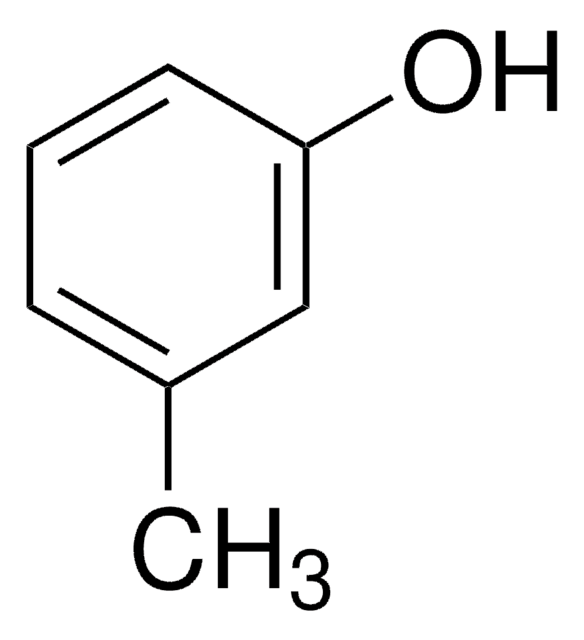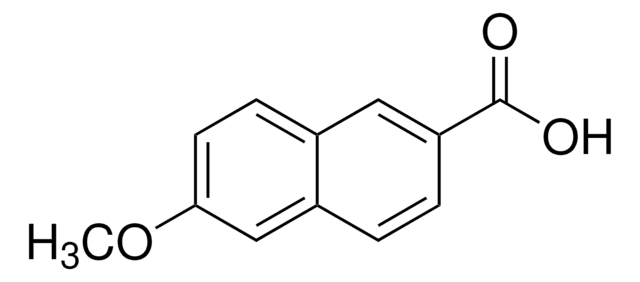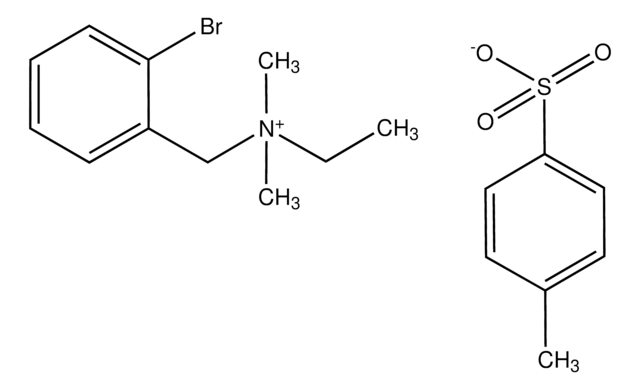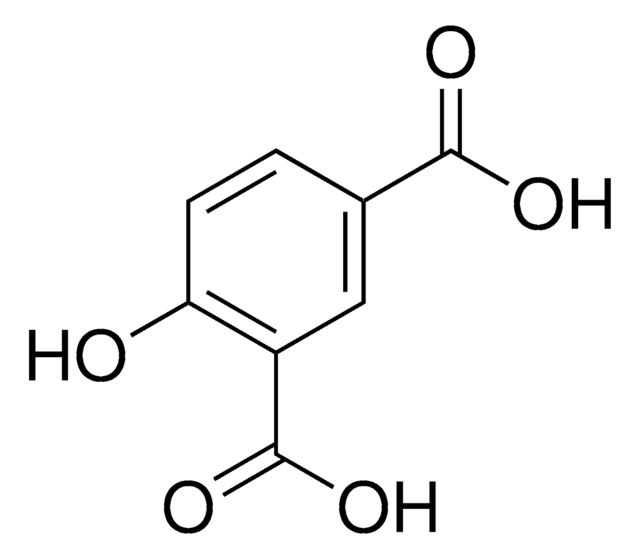1524806
USP
Fenolo
United States Pharmacopeia (USP) Reference Standard
Sinonimo/i:
Idrossibenzene
About This Item
Prodotti consigliati
Grado
pharmaceutical primary standard
Densità del vapore
3.24 (vs air)
Tensione di vapore
0.09 psi ( 55 °C)
0.36 mmHg ( 20 °C)
Famiglia di API
salicylic acid, guaiacol, hexylresorcinol
Temp. autoaccensione
1319 °F
Limite di esplosione
8.6 %
Produttore/marchio commerciale
USP
P. ebollizione
182 °C (lit.)
Punto di fusione
40-42 °C (lit.)
Densità
1.071 g/mL at 25 °C (lit.)
applicazioni
pharmaceutical (small molecule)
Formato
neat
Temperatura di conservazione
2-8°C
Stringa SMILE
Oc1ccccc1
InChI
1S/C6H6O/c7-6-4-2-1-3-5-6/h1-5,7H
ISWSIDIOOBJBQZ-UHFFFAOYSA-N
Cerchi prodotti simili? Visita Guida al confronto tra prodotti
Descrizione generale
This product is provided as delivered and specified by the issuing Pharmacopoeia. All information provided in support of this product, including SDS and any product information leaflets, have been developed and issued under the Authority of the issuing Pharmacopoeia. For further information and support please go to the website of the issuing Pharmacopoeia.
Applicazioni
- Camphorated Phenol Topical Gel
- Camphorated Phenol Topical Solution
- Sodium Salicylate
- Salicylic Acid
- Magnesium Salicylate
- Metacresol
- Chloroquine Phosphate
Risultati analitici
Altre note
Prodotti correlati
Avvertenze
Danger
Indicazioni di pericolo
Classi di pericolo
Acute Tox. 3 Dermal - Acute Tox. 3 Inhalation - Acute Tox. 3 Oral - Aquatic Chronic 2 - Eye Dam. 1 - Muta. 2 - Skin Corr. 1B - STOT RE 2
Organi bersaglio
Nervous system,Kidney,Liver,Skin
Codice della classe di stoccaggio
6.1A - Combustible acute toxic Cat. 1 and 2 / very toxic hazardous materials
Classe di pericolosità dell'acqua (WGK)
WGK 2
Punto d’infiammabilità (°F)
177.8 °F - closed cup
Punto d’infiammabilità (°C)
81 °C - closed cup
Scegli una delle versioni più recenti:
Certificati d'analisi (COA)
It looks like we've run into a problem, but you can still download Certificates of Analysis from our Documenti section.
Se ti serve aiuto, non esitare a contattarci Servizio Clienti
Possiedi già questo prodotto?
I documenti relativi ai prodotti acquistati recentemente sono disponibili nell’Archivio dei documenti.
I clienti hanno visto anche
Protocolli
Under applied conditions, system suitability criteria are met, and the Chloroquine Phosphate HPLC Assay and Impurity Profiling Methods demonstrate good resolution/selectivity, reproducibility, and sensitivity.
Il team dei nostri ricercatori vanta grande esperienza in tutte le aree della ricerca quali Life Science, scienza dei materiali, sintesi chimica, cromatografia, discipline analitiche, ecc..
Contatta l'Assistenza Tecnica.










